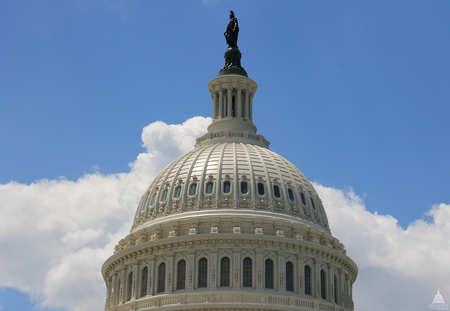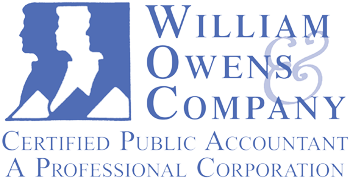
Near the end of last year (December 2015), as PR News Wire notes, Congress passed and President Obama signed into law the Protecting Americans from Tax Hikes (PATH) Act, a broader bipartisan tax bill that extended (and in certain instances, made permanent) over 50 expiring provisions of the tax code.
A number of pro-business provisions, including the following examples, fall within the PATH Act’s legislation:
-
The following examples of tax provisions are made permanent by the PATH Act, as detailed in the Spokane Journal and quoted as follows:
-
Section 179 small-business expensing limit of $500,000 for qualified equipment:
-
Jason Munn, a tax partner at the Spokane office of Seattle-based accounting firm Moss Adams, says the permanent Section 179 provision enables businesses to deduct up to $500,000 for qualifying business equipment purchases. Starting next year, the cap will be indexed to inflation. The deduction phases out dollar for dollar once equipment purchases top $2 million, meaning it’s eliminated for equipment exceeding $2.5 million in value.
-
Research credit, which has been expanded to allow certain businesses to offset up to $250,000 in payroll taxes or alternative minimum tax:
-
Munn says the R&D credit, which enables some businesses to write off a portion of their research-and-development expenses, had expired in 2015. The PATH Act makes the R&D credit retroactive to include 2015.
-
Nick Dietzen, tax manager at the Spokane office of Minneapolis-based CliftonLarsonAllen LLP, says the R&D credit will benefit small startup companies, including software and app developers, during their first five years of operation because they can elect to apply some or all of the credit against the employer’s share of payroll taxes.
-
Exclusion of certain small-business stock sales from capital gains taxes:
-
This exclusion is meant to encourage investment in new ventures and small businesses. It applies to the sale or exchange of stock in small businesses with gross assets of less than $50 million acquired after Sept. 27, 2010, and held for at least five years.
-
Fifteen-year cost recovery for leasehold improvements to qualified retail and restaurant properties:
-
This provision allows for a 15-year recovery period for qualified interior improvements to nonresidential property that has been in service as retail or restaurant space for more than three years.
-
Charitable distributions of up to $100,000 from IRA’s for people at least 70 ½ years of age:
-
The provision enables individual tax filers age 70½ or older to make up to $100,000 in charitable distributions from their individual retirement accounts without having to declare the distributions as income.
-
Option to claim itemized deduction for state and local sales tax:
-
For individual filers, the PATH Act makes the deduction for state and local sales tax permanent.
-
5-year recognition period for S-corporation built-in gain
-
Transit Benefits Parity
-
Treatment of certain dividends of regulated investment companies (RICs)
Note that the following examples of tax provisions are extended by the PATH Act. But not all extensions in the PATH Act are permanent:
-
Five Year Extenders of Expiring Tax Provisions (thru 2019)
-
Work Opportunity/New Markets Tax Credits, as follows:
-
The Work Opportunity Tax Credit (WOTC) is extended through 2019. The Act also enhances the WOTC for employers that hire certain long-term unemployed individuals.
-
The Act authorizes the allocation of $3.5 billion of new markets tax credits for each year from 2015 through 2019.
-
Look-through for controlled foreign corporations
-
Two Year Extension (thru 2016)
-
Film and television expensing
-
Energy Extenders
-
Wind Energy Credit (thru 2019 with phase-outs)
-
Solar Investment Credit (thru 2021)
-
The FY 2016 omnibus extends the solar investment tax credit and the credit for qualified residential solar property but subjects the credits to phase-down. Under the omnibus, both credits will not be available after 2021.
-
Energy Efficient Commercial Building deduction (thru 2016)
-
The Act extends through 2016 the deduction for energy-efficient commercial buildings. Additionally, the Act updates the energy-efficient standards.
As noted in the beginning of this article, the PATH Act extended (and in certain instances, made permanent) over 50 expiring provisions of the tax code. This foregoing write-up does not intend to address all 50+ provisions, but it is intended to provide a high level discussion of some of the extended provisions. There are additional affected provisions of the Act not included in the scope of this discussion.
